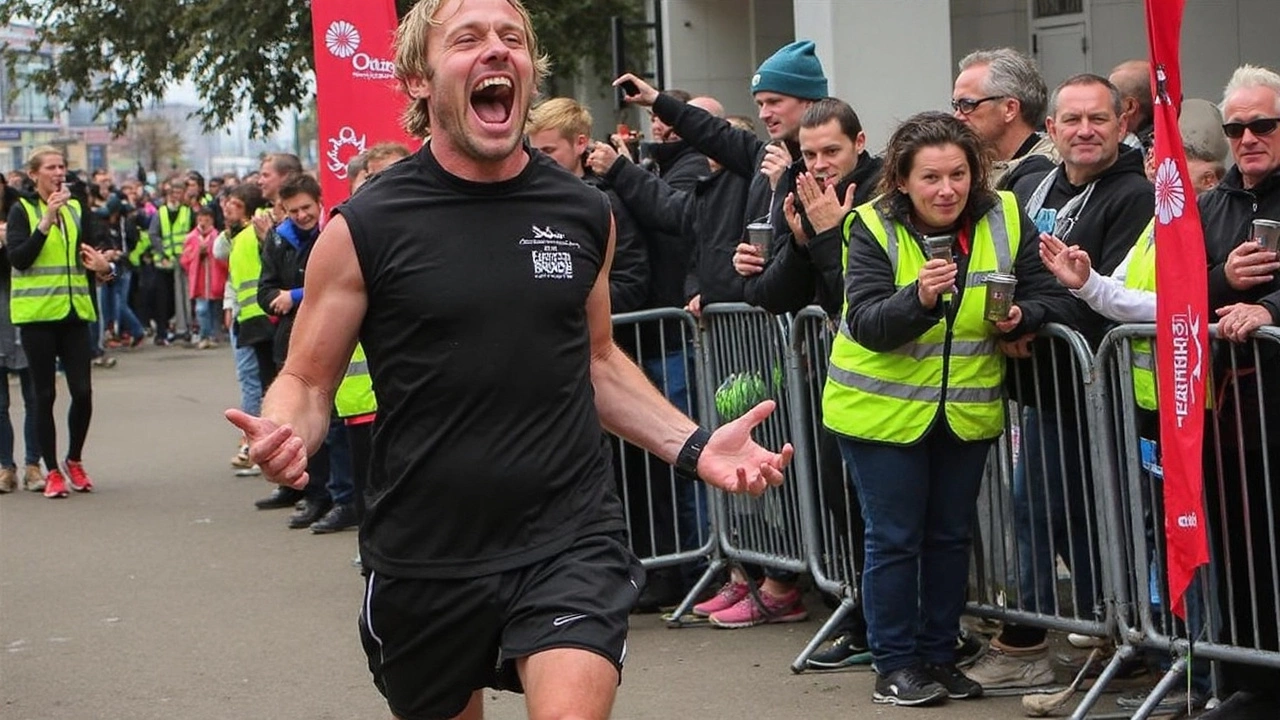Swollen Feet Relief: Causes, Symptoms & Quick Fixes
If your feet feel tight, puffy, or uncomfortable, you’re not alone. Swollen feet (medical term: peripheral edema) happen to anyone who stands a lot, sits too long, or deals with an injury. The good news is most swelling can be eased at home with a few practical moves.
What Causes Swollen Feet?
Every swelling episode has a trigger. The most common are:
- Standing or walking for long periods – gravity pulls fluid down into the lower legs.
- Prolonged sitting – like a long flight or desk job, which slows circulation.
- High salt intake – salt makes your body retain water.
- Injury or infection – a sprain, fracture, or cellulitis can cause local swelling.
- Medical conditions – heart failure, kidney disease, or venous insufficiency often show up as foot edema.
Notice if the swelling gets worse by the end of the day or improves after you raise your legs. That pattern usually points to lifestyle factors rather than a serious disease.
How to Reduce Swelling Quickly
Here are five simple steps you can start right now:
- Elevate your feet. Prop them on a pillow or footstool for 15‑20 minutes a few times daily. Elevation helps fluid flow back toward the heart.
- Move around. If you sit for hours, stand up and walk for a couple of minutes every half hour. Simple calf raises or ankle circles also boost circulation.
- Stay hydrated. Drinking water may sound odd, but it stops your body from holding onto excess fluid.
- Cut back on salt. Try fresh herbs, lemon, or low‑sodium sauces. Processed foods are the biggest culprits.
- Wear compression socks. Light‑to‑moderate compression (15‑20 mmHg) can gently push fluid up. Choose a size that’s snug but not uncomfortable.
Pair these steps with a cool foot soak (10‑15 minutes) or a gentle massage. Rub upward toward the heart, not downwards, to avoid pushing fluid farther into the ankle.
Regular exercise, like brisk walking or swimming, keeps your circulatory system strong. Even a short 20‑minute walk after meals can make a noticeable difference.
If swelling is accompanied by redness, warmth, severe pain, or shortness of breath, stop the home tricks and seek medical help. Those signs can mean a blood clot, infection, or heart problem that needs professional treatment.
For chronic cases linked to a health condition, your doctor may prescribe diuretics, adjust medications, or recommend specialist care. Always follow professional advice before starting any new medication.
Bottom line: most swollen feet are manageable with a few lifestyle tweaks. Elevate, move, hydrate, watch your salt, and consider compression. If the swelling doesn’t improve or you notice worrying symptoms, get it checked out. Your feet will thank you with less pain and more comfort for the next long walk or weekend hike.

Jamie Laing pushed his physical limits in a five-day ultra-marathon for Comic Relief, raising over £2 million. Despite his limited running experience, he tackled a 150-mile journey from London to Salford. Laing shared images of his swollen feet, humorously comparing them to 'Hobbit feet,' and attracting celebrity reactions. This endeavor marked a significant contribution to Comic Relief's 40th anniversary celebrations.
Continue Reading





